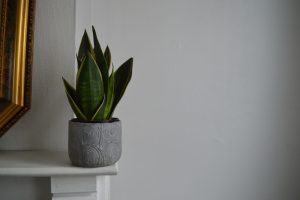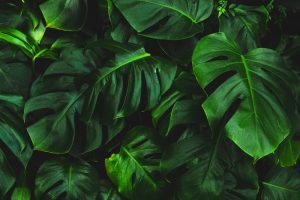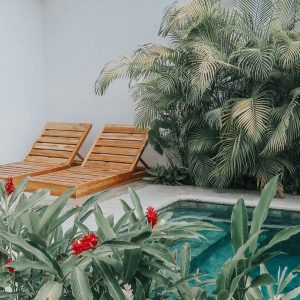Every gardener knows the frustration that comes with seeing less than healthy plants in one’s garden. Sometimes, all it takes to revive a sickly plant is a little adjustment. You water a little more or perhaps move the plant to a sunnier spot. But if the most obvious remedies do not work, then it could be a sign of a larger problem.
Healthy plants grow lush, deep green leaves. The verdant color indicates that chlorophyll is working to build food for the plant.
If the green turns into a feeble yellow, then the plant will fail to harness enough sunlight to manufacture food for itself.
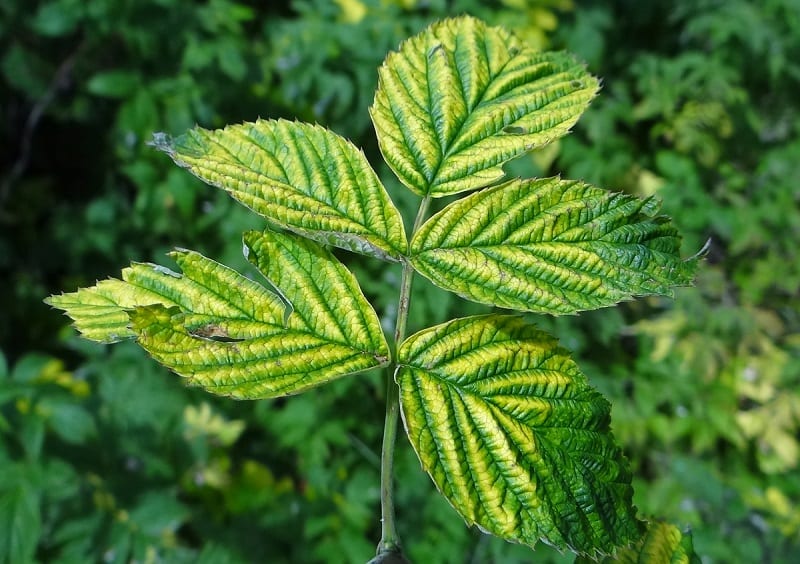
(Photo: Scott Nelson/Flickr)
What is garden anemia?
Contents
This yellowing condition is called iron chlorosis – or garden anemia. Chlorosis is the most common micro-nutrient problem for a wide variety of plants and trees.
The leaves of affected plants are yellow, light green, or white with distinct green veins. In severe cases, the leaves may even become entirely white.
Garden anemia may be persistent or it may vary during the season or year to year. Much depends on environmental conditions. If iron chlorosis is persistent over several years, individual limbs – or the entire plant – may die.
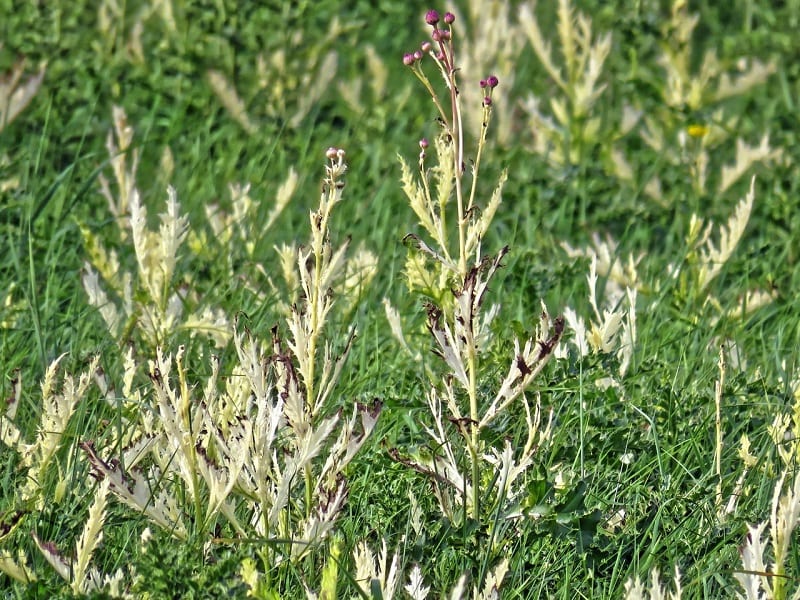
What causes garden anemia?
Plants suffer from garden anemia when the soil is too alkaline for them. Soil pH ranges on a scale from 1 to 14. Most plants thrive at a soil pH between 4 and 8. They will not grow if levels are any lower or higher.
Iron chlorosis is common in plants growing in many types of soils. The deficiency is exaggerated by excessive soil moisture, soil salinity, high concentrations of phosphorous, and relatively high concentrations of copper, manganese, and zinc, among others.
The most important factor is the presence of lime in the soil. Some gardeners use lime to “sweeten” the soil, or make it more alkaline. Too much lime can lead to chlorosis in plants that prefer a more acid soil.

(Photo: Scott Nelson/Flickr)
Diagnosis
Preventing and controlling iron chlorosis is not that difficult. Warmer weather and drier soils can sometimes cure the problem. Otherwise, you’ll have to treat the affected plant.
Because iron chlorosis is caused by soil that is too alkaline, the treatment involves making the soil more acid. That’s why the first step in treatment involves a little research.
Conduct a soil test to determine the soil’s pH. You then need to find out the soil pH that the affected plant prefers. The combination of findings will tell you how much nutrients you will need to apply to properly the adjust the soil’s pH levels.
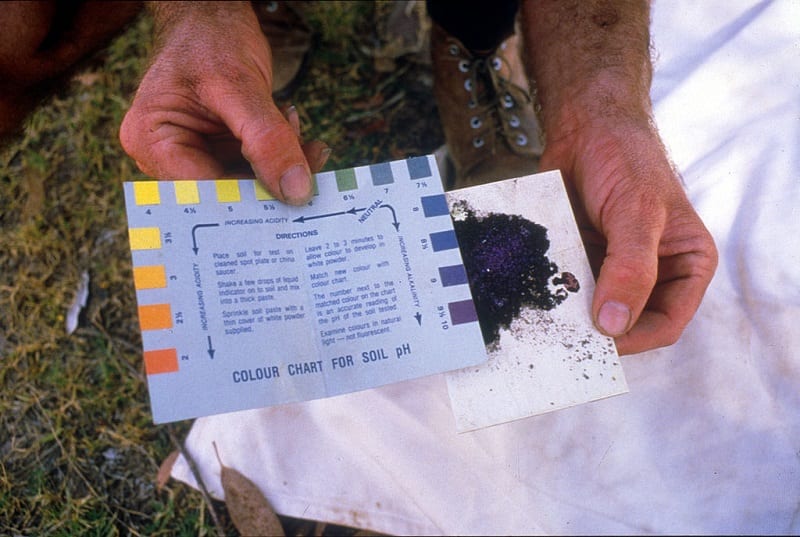
(CSIRO Science Image/Wikimedia Commons)
Treatment
You can use an iron product – or chelates – to correct the problem. Chelates are organic molecules that absorb and hold metal ions so that they don’t react with oxygen or other ions in the soil.
Chelated compounds must be placed into the root zone of anemic plants to be most effective. Incorporate the chelates lightly into the soil in the spring to coincide with the first flush of growth.
If you are treating a tree, then it would be best to dig a hole in the soil and fill it with a mix of sand or soil, fertilizer, and chelates. Don’t overdo the treatment. Just a few ounces of chelates will suffice to save a tree.

(Photo: Scott Nelson/Flickr)
Preventing Garden Anemia
Water management is probably the most important consideration when growing plants in alkaline soils.
The chemistry of soil changes when it is constantly soggy or poorly drained. To prevent garden anemia, be sure to confine watering to the root zone.
Do not overwater your plants and do not water until the moisture from previous watering has evaporated. Frequent irrigation and overwatering in heavy clay soils or cold temperatures often results in a persistent deficiency of iron.
Again, garden anemia is a common condition among plants. But you can treat – and prevent – iron chlorosis in your garden with the steps outlined above.


